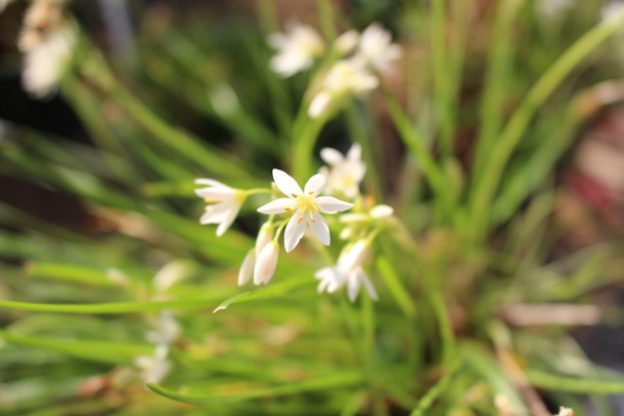By refugelawn, on 07/23/2021
Pollinators provide key ecosystem functions through their role in plant pollination and reproduction. This is recognized the world over. We also know that lawns and gardens play an important role in pollinator habitat and protection. However, with few exceptions, we lack region-specific recommendations for improving lawn biodiversity with forbs that are native or hardy to the specific ecosystems, turfgrass types, and lawn maintenance of the southeastern US.
Some of the most prominent research in the southeast has been done by colleagues at the University of Arkansas. There work studied seven common forbs found in Arkansas lawns and suggests that white clover and self-heal produced the most flowers and attracted the most pollinators. You can read more about their work here.
Specialists in other regions of the US, notably the mid-west, and in Europe have created quite a buzz (pun intended) regarding pollinator protection and wildflower maintenance.
In Minnesota, turfgrass scientists introduced low growing, flowering plants and found that bee populations diversified. Read here. On Twitter, there has been a lot of excitement regarding #NoMowMay – a topic that is catching on in the US. The Xerces Society has some tips and verbiage on the subject. Read here.
Our project draws some distinctions between the mainly cool-season centric “meadow lawn” approach and that of the southeastern US. The environments are different. For starters, many of the flowering forbs that serve pollinators in more northern environments are not present or are poorly adapted to compete with warm-season species in the southeast. Furthermore, some of the same forbs mentioned in the resources above (ex. white clover) bloom much earlier in the hot, humid conditions of the southeast and persist for a shorter period of time. And there’s little mention of warm-season forb species or “weeds” that may enhance flowering resources in warm-season lawns.
These are just a few of the considerations that the Refuge Lawn project takes into account.
